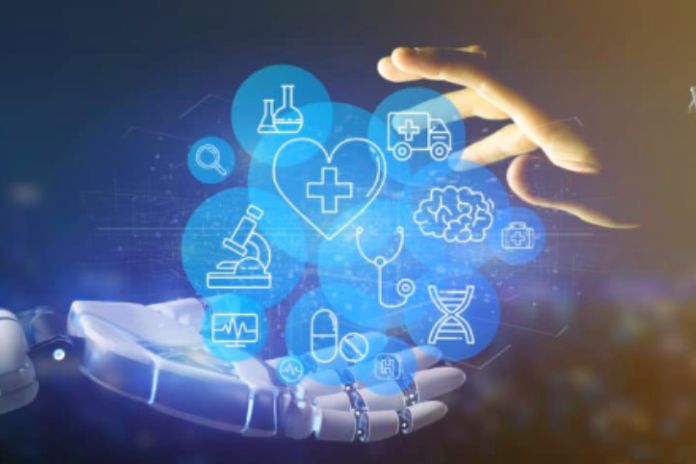AI And Health: How Can AI Prevent Disease?
AI and Health: Real-time interactive maps, complex algorithms that can predict outbreaks, and diagnostic systems. These are just a few applications of Artificial Intelligence in health to prevent diseases like coronavirus and control its spread.
Solutions include employing AI to process large amounts of data from different countries worldwide and in multiple languages.
There is a vast amount of data online, and discussions often come not from governments and official channels but news, forums, blogs, and social media. You need to sift the information, classify it, filter through the noise, geocode the data and only then promote a broad view of emerging diseases.
Faced with this, many companies and organizations have gathered tools for tracking the coronavirus. Combined, data management platforms and artificial intelligence methods can lead to a massive analysis of infectious diseases that can even become relevant support for decision making. Still, this poses a challenge for scientists and developers as there is no standardization for global data.
What Is The Relationship Between Artificial Intelligence And Health?
Blue Dot used data from hundreds of thousands of sources such as public statements from health organizations, traditional media, health reports, and even airline information. The startup drew on its co-founder’s experience as an epidemiologist and physician treating SARS patients.
Meanwhile, HealthMap, an AI technology developed at Harvard Medical School that tracks infectious diseases, also noticed the first signs of the coronavirus before attracting worldwide attention at the start of the outbreak in Wuhan.
The system allows for early identification, but now the technology is used to build a situational picture of what is emerging, mining data sources and making a global map of cases. In this way, the data can be used to fuel prediction models and impact different demographic tools.
What Else Is Being Done?
Other startups, like We Bank in China, have taken AI further into the picture. The application is to predict the subsequent recovery of the Chinese economy from the crisis caused by COVID-19.
Technology and AI, in particular, can be applied to responsive emergency services. Algorithms have been used to predict the spread of a specific disease, patient monitoring, and departmental operations in the emergency room.
Scientists worldwide can use algorithms to classify and group information, scan the internet and interpret the languages associated with the diseases being monitored. Robots can also analyze images and perform medical tasks that human professionals couldn’t feel safe performing.
Challenges Of Artificial Intelligences In Health
In this era, there is a lot of debate about innovations to develop new solutions. AI is one of the biggest bets to improve emergency medicine through its digitization power and information storage capacity.
Despite all this, using AI in medicine and medical alerts about the coronavirus is not without its challenges. The biggest one is to produce an attractive and reliable dataset about the virus and its spread based on multiple datasets (which can have many different metrics).
There are different structures and taxonomies, different ways people refer to the disease, foreign languages, cultural context, and terms that people use that can be applied to other things and contexts… requires significant training.
How Could The Future Be
More importantly, the critical characteristics of AI in terms of epidemic prevention are speed and scale. AI can detect conditions instantly and in large quantities. For example, on average, 1,000 systems checking 60 people a day result in 60,000 exams that need to be processed by professional teams.
Currently, no human force is capable of analyzing all this volume of data with the necessary speed and efficiency. When it comes to detecting outbreaks like the coronavirus, which spreads easily and very quickly, machines can be trained to process all that amount of information in the same way that a human expert would, but repeatedly and 24 hours a day, making the Task scalable, agile and efficient.
Also Read: Artificial intelligence And The Job Market
Share this content:











Post Comment